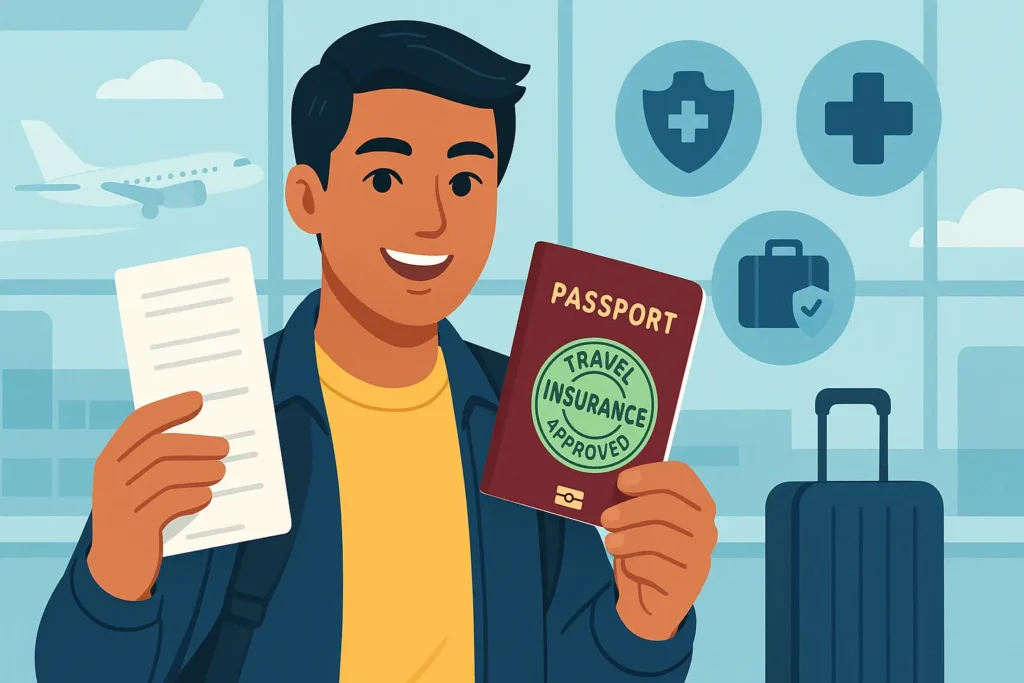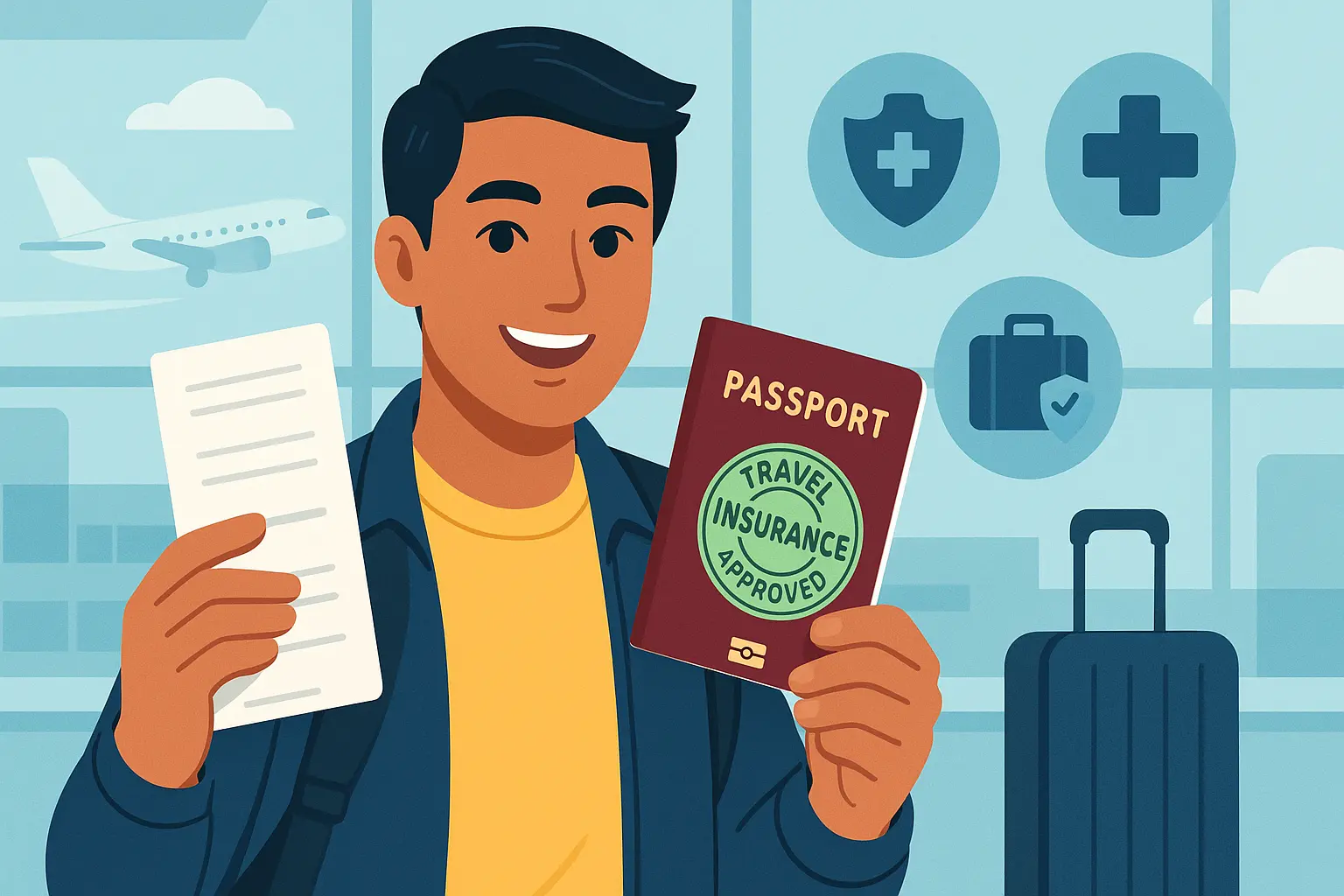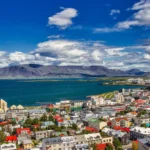Picture this: you’ve finally booked that long-awaited flight—maybe it’s your dream trip to Paris, a family holiday in Japan, or even your first overseas work assignment. You’ve saved, planned, and looked forward to the adventure. But then, something unexpected happens. Your luggage doesn’t arrive. A sudden fever sends you to a hospital abroad. Or worse, your trip gets canceled before you even leave.
This is where travel insurance for Filipino travelers steps in. It’s not just a piece of paper; it’s a shield against life’s “what ifs” when you’re far from home. Whether you’re traveling for leisure, work, or study, having the right insurance makes the difference between turning a problem into a disaster—or handling it with confidence.
In this article, you’ll discover why travel insurance is essential, the countries where it’s required, the types of coverage you should know about, and how to choose the best plan for your needs. By the end, you’ll have the clarity to make smart decisions before your next trip abroad.

Table of Contents
Why Travel Insurance is Essential for Filipino Travelers
Medical Emergencies Abroad
You probably don’t think much about hospital bills when planning your itinerary. But imagine being in Europe, suddenly needing surgery, and discovering that medical care costs €1,000 a night—or more. That’s over ₱60,000 for just one night. Without insurance, you’ll need to pay out-of-pocket. With insurance, those costs are handled.
For Schengen countries, insurance is even a visa requirement. You must show proof of coverage worth at least €30,000 in medical protection.
Financial Security During Travel Disruptions
Flights get canceled. Bags get lost. Delays happen. When these issues arise, you lose not only time but also money. Travel insurance compensates for these losses—whether it’s a non-refundable hotel booking or essentials you must buy because your luggage went missing.
A Safety Net for OFWs, Students, and Tourists
- OFWs (Overseas Filipino Workers): Many host countries require proof of coverage. Even if not required, long stays abroad make you vulnerable to unexpected health issues.
- Students: If you’re studying abroad, medical insurance is often mandatory. Travel coverage ensures you’re protected beyond tuition and school fees.
- Tourists: For leisure travelers, insurance provides peace of mind, especially if you’re visiting countries with high medical costs.
Common Destinations Requiring Travel Insurance for Filipinos
Schengen Countries (Europe)
If you’re heading to Europe, travel insurance is non-negotiable. The Schengen visa requires proof of at least €30,000 in coverage for emergencies, hospital care, and repatriation.
Japan and South Korea
While not always mandatory, these destinations strongly recommend insurance because of their high medical costs. Japan, in particular, has seen cases where uninsured tourists had to pay millions of yen in medical bills.
Middle East and Other Regions
Countries in the Middle East often require OFWs to have coverage as part of their employment contracts. This ensures workers are not left stranded without medical assistance.
Table: Countries and Their Travel Insurance Requirements
| Destination | Insurance Requirement | Minimum Coverage | Notes |
|---|---|---|---|
| Schengen (EU) | Mandatory | €30,000 | Visa requirement |
| Japan | Strongly recommended | Varies | High medical costs |
| South Korea | Recommended | Varies | Some visas may require proof |
| UAE / Middle East | Often mandatory | Employer-defined | Required for many OFWs |
Types of Travel Insurance for Filipino Travelers
Medical Travel Insurance
This covers doctor visits, hospital stays, and emergency evacuations. If you fall sick abroad, this is the coverage that saves you.
Trip Cancellation or Interruption Insurance
Covers you when sudden events force you to cancel or cut short your trip—illness, family emergencies, or even airline strikes.
Baggage and Personal Belongings Insurance
Lost, delayed, or stolen luggage? This coverage compensates for the inconvenience.
Comprehensive Plans
All-in-one solutions that bundle medical, trip, and baggage protection—perfect if you don’t want to worry about gaps.
Table: Comparison of Travel Insurance Coverage Options
| Coverage Type | What It Covers | Ideal For |
|---|---|---|
| Medical | Hospitalization, evacuation | Students, OFWs |
| Trip Cancellation | Flights, hotels | Tourists, families |
| Baggage | Lost/delayed luggage | Frequent travelers |
| Comprehensive | All of the above | First-time travelers |
How to Choose the Best Travel Insurance for Filipino Travelers
Assess Your Travel Needs
Your destination, trip length, and planned activities shape what you need. For example, skiing in Japan may require adventure sports coverage.
Compare Providers and Plans
Look at more than just price. Check the fine print—does the plan include COVID-19 coverage? How much is the maximum payout for lost luggage?
Check If Your Visa Requires Insurance
Some visas will be rejected if you don’t provide proof of travel insurance. Don’t take the risk.
Read the Fine Print
Many policies exclude pre-existing conditions or certain high-risk activities. Always review what’s covered and what’s not.
Key Factors to Compare
- Coverage limits
- Premium cost
- Emergency hotline availability
- COVID-19 coverage
- Claims process efficiency
Best Travel Insurance Providers for Filipinos
Local Insurance Providers
- Pacific Cross – Known for comprehensive medical coverage.
- Malayan Insurance – Offers flexible plans with affordable premiums.
International Providers
- Allianz – A trusted global name, great for frequent flyers.
- World Nomads – Popular with backpackers and adventure travelers.
Online Platforms
Websites like Traveloka, Squaremouth, or SafetyWing allow you to compare multiple plans in minutes.
Table: Quick Comparison of Popular Travel Insurance Providers
| Provider | Coverage Highlights | Strengths | Best For |
|---|---|---|---|
| Pacific Cross | Medical & trip cover | Local support | OFWs & tourists |
| Malayan Insurance | Comprehensive, affordable plans | Easy purchase process | First-time travelers |
| Allianz | High medical cover | Global recognition | Frequent international flyers |
| World Nomads | Flexible online plans | Covers adventure sports | Backpackers, students |
Tips for Filipino Travelers Buying Travel Insurance
- Buy your insurance before applying for a visa—it’s often required.
- Keep both digital and printed copies of your policy.
- Save emergency hotline numbers on your phone.
- Check if your credit card already includes travel insurance—many premium cards do.
- Always review exclusions before finalizing.
Conclusion:
Every trip you take carries excitement—but also risks. Whether it’s an illness, a canceled flight, or lost luggage, being unprepared can ruin your journey. With travel insurance for Filipino travelers, you protect not only your wallet but also your peace of mind.
So before your next adventure, ask yourself: do you want to take chances, or do you want to travel with confidence?
FAQ : about Travel Insurance for Filipinos
Do Filipinos need travel insurance for all international trips?
Not always, but it’s essential for peace of mind and often mandatory for visa applications.
How much does travel insurance for Filipinos cost?
It ranges from ₱500 to ₱3,000, depending on your trip length, destination, and coverage type.
Can I buy travel insurance online from the Philippines?
Yes. Many providers allow you to purchase instantly and receive your policy via email.
Is COVID-19 covered in travel insurance for Filipinos?
Most modern plans include it, but coverage amounts vary. Always check before buying.








Leave a Reply